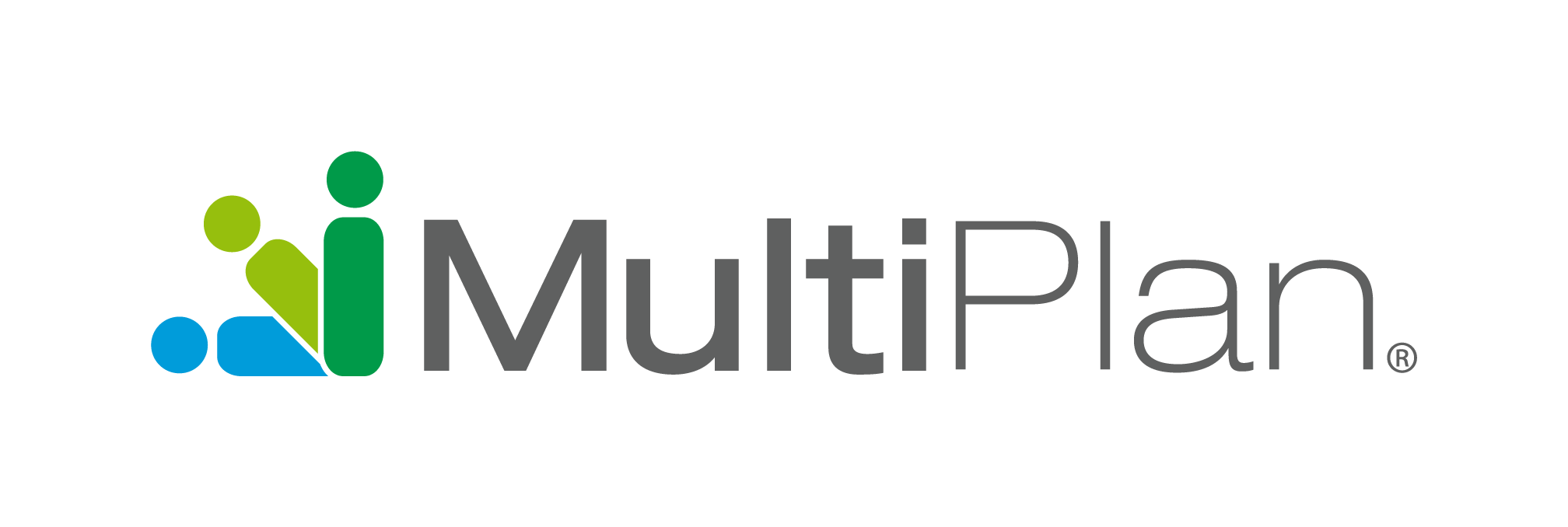Priorities such as increasing member satisfaction, provider relationships, and regulatory compliance remain top of mind for many health plans, which makes it a good time to take a fresh look at your payment and revenue integrity strategies and resources. Now is the time to evaluate how well your health plan is maximizing recovery opportunities, improving cost avoidance strategies, and exploring premium restoration possibilities. To do this, you need to start at the source of your payment and revenue integrity challenges: eligibility data.
The impact of eligibility data errors
It’s a known fact that improper payments abound in healthcare, many of which stem from eligibility errors made as a result of multiple data sources, outdated technology, manual processes, and members with other health insurance (OHI) coverage. When eligibility errors occur, they affect many payment and revenue integrity areas such as coordination of benefits (COB), subrogation, and Medicare secondary payer (MSP) validation. Failing to address these issues leads to incorrectly paid claims, improper reimbursements, or claims that shouldn’t be paid at all—costing your plan millions.
According to Gartner, billions of dollars are spent every year in improper claims payments across commercial, Medicare, and Medicaid lines of business. Gartner research states, “Payer CIOs must get proactive and leapfrog current performance by focusing on prospective payment integrity capabilities.” With this in mind, what can you do to strengthen your payment integrity approach?1
Identify inaccurate eligibility data
When taking a close look at eligibility data, your plan will want to determine which claims may have been paid incorrectly as a result of inaccuracies. We estimate that 20% of a plan’s membership will have other insurance, and of that 20%, the other insurance will be primary 17.5% of the time. For a 200,000-member plan, this represents nearly $5.4 million in incorrectly paid claims. When statistics like this are uncovered, the plan quickly realizes how important it is to keep its eligibility data in check.
Determine a cost-avoidance strategy
Avoiding improper payments is a core tenet of any payment integrity strategy. Accurate and trusted eligibility data plays a key role. We estimate that the same 200,000-member plan could save over $13.4 million by avoiding incorrect payments. With the right cost avoidance strategies founded on accurate eligibility data, the plan stands to see a significant impact to its bottom line.
Look beyond dollars and cents
When evaluating your payment integrity strategy, you will want to think beyond dollars and cents. Quality eligibility data will have a positive effect on administrative efficiency, member satisfaction, and provider relations.
By avoiding improper payments in the first place, you avoid the need to rebill, saving you and your staff valuable time and energy that might be channeled toward other payment integrity initiatives.
Member satisfaction is a key priority for any health plan. In fact, the member experience drives performance on CAHPS (Consumer Assessment of Healthcare Providers and Systems), which is a key driver of Star ratings. Eligibility data drives a diverse number of systems and processes including registration, enrollment, care provision, wellness, and customer care. All of these areas influence your members’ experiences with your plan.
Lastly, providers depend on prompt, accurate payment. When claims are denied as a result of recurrent eligibility issues, payor-provider relationships already burdened by administrative complexity are further strained. Ensuring accurate eligibility data and determinations not only improves efficiencies, it also helps to accelerate reimbursements, greatly improving relationships and alignment.
Consider a connected payment integrity approach
Given the effect that eligibility data can have on payments, you will want to consider a connected payment integrity approach and address any gaps in your technology. Often, challenges arise from multiple sources of data, conflicting or inaccurate data, data integration challenges, manual workflows, multiple reporting systems, and more. By creating a technology environment that can support connected payment integrity functions (e.g., claims recovery, subrogation, and COB), business managers and IT can come together in their thinking and create a single, trusted source of eligibility data.
Learn more about how MultiPlan’s connected payment integrity approach can help support your payment and revenue integrity initiatives.
1Gartner, “U.S. Healthcare Payer CIOs Must Adopt Prospective Payment Integrity to Thwart Improper Claims Payment and Fraud,” February 13, 2018.
Previously published on the former Discovery Health Partners website.

